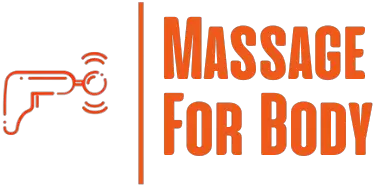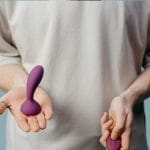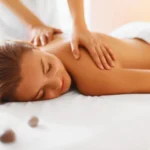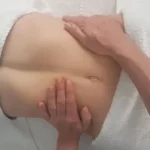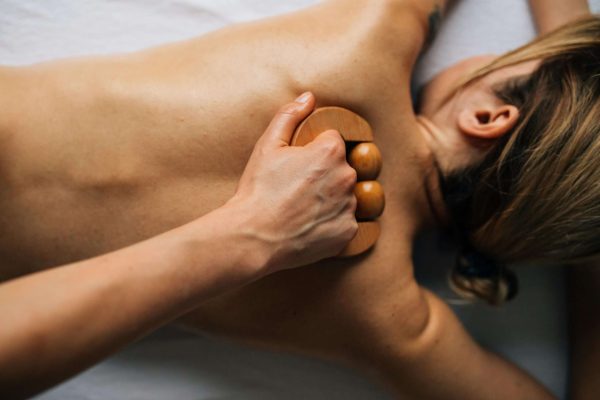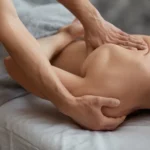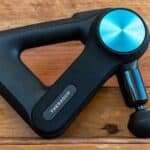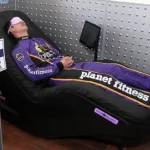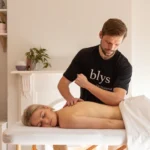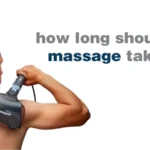For many men, taking care of the prostate is something only considered when problems arise. Yet simple, natural techniques like external prostate massage can help improve circulation, release tension, and even enhance pleasure — all without internal touch. Whether you’re exploring for health reasons or to better understand your body’s sensations, this guide explains how to massage the prostate safely, comfortably, and with confidence.
Table of Contents
Understanding the Power of External Prostate Massage
The prostate is a small, walnut-sized gland just below the bladder that plays a vital role in male reproductive and urinary health. It produces seminal fluid and helps regulate the flow of urine. But because the prostate sits deep in the pelvis, many men are unaware of how tension or poor circulation can affect it.
External prostate massage is a gentle, non-invasive technique that stimulates the perineum — the soft area between the scrotum and anus. When performed properly, it can relieve tension, improve circulation, and in some cases, enhance sexual pleasure. It’s increasingly recognised not just as a sexual wellness practice, but as a form of self-care that promotes relaxation and supports overall prostate function.
This method doesn’t involve penetration, which makes it an approachable option for beginners and anyone seeking the benefits of prostate stimulation without internal touch. Think of it as a blend of relaxation, awareness, and gentle curiosity about your body’s deeper rhythms.
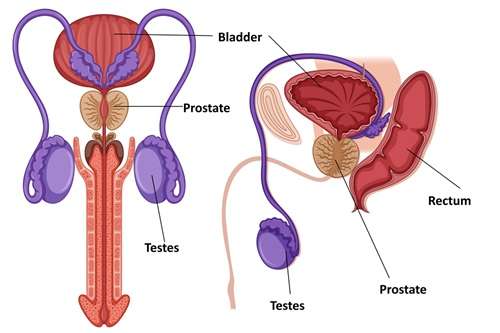
Inside the Male Reproductive System
The prostate surrounds the urethra, the tube that carries urine and semen through the penis. It’s wrapped in layers of muscle and connective tissue that can become tight from stress, sitting for long periods, or lack of movement. The perineum, which sits just outside this network, acts as the external access point.
Applying pressure here indirectly stimulates the prostate, pelvic floor, and nerves that link to the penis. These nerves — particularly the pudendal nerve — carry sensations of touch and arousal throughout the pelvis. By releasing tension and improving blood flow, prostate massage can create a sense of warmth, fullness, and calm that feels restorative and deeply relaxing.
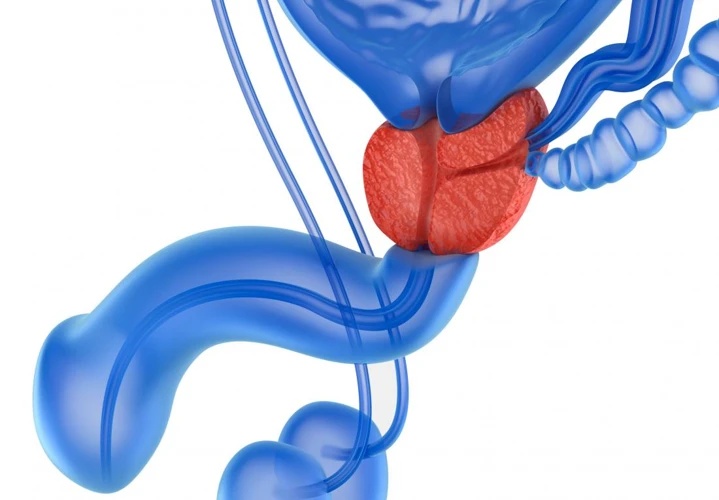
👉 As the Mayo Clinic notes, the prostate naturally enlarges with age, which can affect urinary flow and comfort. Gentle external massage helps maintain healthy circulation and supports tissue flexibility as part of long-term prostate care.
Benefits of External Prostate Massage
Medical and anecdotal evidence suggest a range of physical and emotional benefits when external prostate massage is done correctly.
According to Healthline, some men find that prostate massage can relieve tension, support healthy urinary function, and enhance sexual wellness — especially when performed regularly and with gentle pressure.
✅ Improved blood flow — Gentle pressure promotes oxygen-rich circulation that supports healthy tissue function.
✅ Reduced pelvic tension — Loosens tight muscles that can contribute to discomfort, urinary issues, or stiffness.
✅ Better urinary comfort — Relaxing the pelvic floor can make it easier to fully empty the bladder.
✅ Enhanced body awareness — Helps men connect with subtle sensations and better understand their sexual responses.
✅ Stress and anxiety relief — The slow, rhythmic motion can activate the parasympathetic nervous system, lowering cortisol and encouraging calm.
✅ Prostate wellness — Encourages natural movement of prostatic fluid, helping to prevent stagnation and mild inflammation.
For beginners, this gentle form of perineal massage for men offers a simple, non-invasive way to improve circulation and maintain pelvic balance.
For some, it’s a purely therapeutic practice. For others, it becomes part of mindful exploration and intimacy. Either way, external prostate massage offers a way to maintain balance in an area of the body often neglected until problems appear.
External vs. Internal Prostate Massage
| Aspect | External | Internal |
|---|---|---|
| Access point | Perineum (outside) | Rectum (inside) |
| Invasiveness | Non-invasive | Requires insertion |
| Comfort level | Ideal for beginners | Requires more preparation |
| Purpose | Circulation, relaxation, awareness | Direct gland stimulation |
| Typical sensations | Pressure, warmth, subtle arousal | Fuller, more intense stimulation |
| Best for | General wellness, tension relief | Targeted therapeutic or sexual stimulation |
External methods are ideal for men exploring prostate massage for the first time. Once familiar with their anatomy and comfort levels, some choose to explore internal methods under professional or guided instruction.
How to Massage the Prostate Externally (Step-by-Step Guide)
(Targets: how to massage prostate, how to massage prostate from outside, safe prostate massage at home)
Learning how to massage the prostate externally is easier than most men expect, and with a little awareness and patience, the process quickly becomes second nature.
🧘 Preparation
- Set the mood — Choose a quiet, warm, and private space. Dim lighting or relaxing music helps reduce tension.
- Practice hygiene — Wash hands thoroughly and trim nails.
- Find a comfortable position — Reclining on your back with knees bent works well; some prefer side-lying.
- Use lubrication — Apply a small amount of water-based lubricant to the fingertips or directly to the perineum.
- Relax your breath — Slow exhalations help the pelvic floor soften and release.
✋ Locate the Perineum
The perineum is the soft area between the scrotum and anus. Press gently — it should feel spongy but resilient, not painful. This is your key contact point for external prostate stimulation.
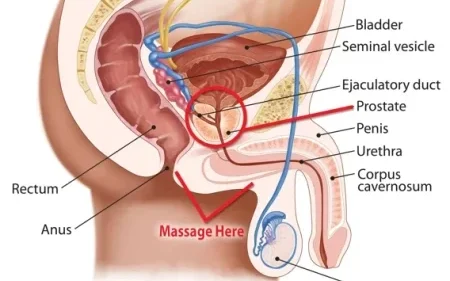
💆 Massage Technique
- Begin with light, rhythmic pressure using one or two fingertips.
- Move in small circles, or trace gentle up-and-down motions.
- Maintain a slow rhythm for 2–3 minutes, breathing deeply.
- Gradually increase pressure as your body relaxes.
- Focus on comfort and curiosity — not intensity.
For visual learners, you can follow this helpful demonstration:
🌬️ Explore the Sensation
Many describe feelings of warmth, subtle throbbing, or an expanding wave of pleasure. Others feel deep relaxation or an emotional release. These sensations are normal.
There’s no “goal” — the practice is about awareness. You might notice increased arousal, but the focus should remain on comfort and connection.
⚠️ When to Stop
Stop immediately if you feel pain, sharp pressure, or unusual discomfort. Mild soreness after the first session can be normal but should fade quickly.
If symptoms persist, consult a healthcare provider before continuing.
Partner-Assisted External Prostate Massage
For couples, this technique can be a deeply bonding experience that blends trust, communication, and sensual care.

Before starting:
✅ Discuss comfort levels and boundaries.
✅ Choose signals or words to pause or stop.
✅ Keep hygiene in mind — clean hands, short nails, and fresh towels.
During the session:
✅ Apply consistent, gentle pressure.
✅ Communicate openly about what feels good.
✅ Maintain eye contact and breathing rhythm for relaxation.
Afterward:
✅ Clean the area gently with warm water.
✅ Share what felt comfortable or pleasurable.
✅ Hydrate and rest — the pelvic floor can feel tender after stimulation.
💡 Many couples discover that focusing on relaxation rather than climax helps them connect more deeply and improves intimacy overall.

The Science Behind Prostate Stimulation
The perineum and prostate are linked through a dense network of nerves — including the pudendal, pelvic, and hypogastric nerves — that converge near the base of the spine. This form of prostate stimulation engages both muscular and nervous pathways, which explains why even external touch can create such powerful relaxation and sensory feedback.
When these nerves are gently stimulated, they activate both the parasympathetic and sympathetic systems, creating sensations of relaxation and arousal at the same time.
This dual response explains why external prostate massage can feel calming, sensual, or even euphoric. It’s less about direct pleasure and more about allowing blood flow, nerve activation, and muscle release to work together.
From a clinical view, research shows that regular stimulation can reduce inflammation, enhance circulation, and help the body maintain normal glandular health [1][2][3].

Using an External Prostate Massager
Some men prefer to use a prostate or perineal massager designed to apply consistent pressure or vibration. These devices rest comfortably between the scrotum and anus and can make self-massage easier.
When choosing a device:
✅ Select medical-grade silicone or stainless steel for hygiene and comfort.
✅ Look for a shape that fits snugly under the scrotum.
✅ Start with the lowest vibration setting, if applicable.
✅ Clean before and after each use with mild soap and warm water.
Using a massager doesn’t mean giving up mindfulness — it simply adds consistency and can free your hands to focus on relaxation.
Ready to Elevate the Pleasure?
If you want to take your experience to the next level, why not explore the benefits of a prostate massager? These devices are designed to enhance pleasure and stimulation with ease. Check out our reviews of the best prostate massagers here to find the perfect one for you!
Safety and Medical Considerations for External Prostate Massage
⚠️ Avoid external prostate massage if you have:
- Active urinary or prostate infection
- Haemorrhoids or rectal fissures
- Recent pelvic surgery
- Unexplained pelvic pain or swelling
Always begin gently and never push through pain.
If you experience persistent discomfort, consult a medical professional or explore our article on Prostatitis Treatment and Relief.
💧 After your session, drink water and move gently — light stretching or walking helps restore circulation and prevents tenderness.
Common Myths About External Prostate Massage
Myth 1: It’s purely sexual.
→ Reality: Prostate massage is also used for relaxation and pelvic health.
Myth 2: It’s unsafe.
→ Reality: When done externally and gently, it’s one of the safest forms of pelvic self-care.
Myth 3: Only internal massage is effective.
→ Reality: External stimulation activates the same nerve pathways that influence the prostate.
Myth 4: It’s embarrassing to try.
→ Reality: Caring for your prostate is a normal part of men’s health — no different than stretching your back or shoulders.
Professional and Therapeutic Use
Pelvic-floor physiotherapists often use perineal release techniques to address chronic tension, post-surgical recovery, or lingering pelvic pain.
According to the Cleveland Clinic, healthy circulation in the prostate and surrounding muscles supports urinary comfort and long-term wellbeing.
If you’re uncertain about technique or safety, consulting a professional can help you learn proper pressure, rhythm, and breathing — building confidence in your self-care practice.
Aftercare and Integration
After completing external prostate massage, take a few minutes to rest. Notice how your pelvis feels — warm, light, or relaxed.
Some men find gentle stretching, slow breathing, or a warm shower helps integrate the experience.
Avoid over-stimulation; one or two sessions per week is enough for most people.
Keeping a brief journal can also help you track comfort, sensations, and emotional responses over time — deepening your understanding of how your body reacts to relaxation and touch.
Frequently Asked Questions
Can external prostate massage cause orgasm?
Yes, for some men it can. The perineum is rich in nerve endings that indirectly stimulate the prostate. The resulting orgasm often feels deeper and longer, with a wave-like quality rather than a quick release.
Is it safe for beginners?
Absolutely. Because it’s external, it’s gentle and low-risk. Always start with light pressure and listen to your body.
How often should you massage the prostate?
Once or twice per week is enough. Over-stimulation can cause soreness or fatigue in the pelvic floor.
Can prostate massage improve erections?
By improving circulation and reducing muscular tension, it can indirectly support stronger erections and better blood flow.
Do I need a device?
No — your fingertips work perfectly well. Devices simply help maintain consistent pressure.
Can you stimulate the prostate externally without internal touch?
Yes. The perineum is the external access point that activates the same nerve network as internal stimulation.
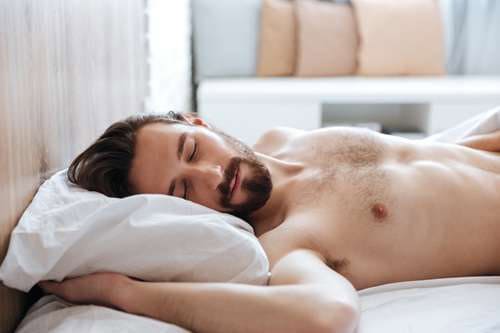
🔗 Related Articles
👉 Prostatitis Treatment and Relief: What Every Man Should Know About Prostate Inflammation
👉 What Does Prostate Massage Feel Like?
👉 How to Use a Prostate Massager
👉 What Happens If You Get An Erection During A Massage?
Conclusion: A Simple Practice for Prostate Health and Relaxation
Incorporating external prostate massage into your self-care routine doesn’t require complex tools or clinical settings — just patience, curiosity, and a mindful touch. Whether your goal is improved circulation, stress relief, or a deeper understanding of your body, this gentle practice can support both physical wellness and emotional balance.
Remember, every body is different. Explore slowly, listen to your comfort levels, and treat the experience as a form of relaxation rather than performance. When done correctly and safely, prostate massage can become a grounding ritual that benefits both your prostate health and overall wellbeing.
Reviewed October 2025 by April Merrick, Wellness Editor
📚 References
- Healthline – Benefits of Prostate Massage Therapy Explained
- Cleveland Clinic – What Is a Prostate Massage and Are There Benefits?
- Mayo Clinic – Prostatitis Overview
- Nedelman, M. (2020). What Are the Benefits of Prostate Massage Therapy? Healthline.
- Santos, J. (2020). How to Massage Prostate External: A Comprehensive Guide. Healthline.
Ready to Elevate the Pleasure?
If you want to take your experience to the next level, why not explore the benefits of a prostate massager? These devices are designed to enhance pleasure and stimulation with ease. Check out our reviews of the best prostate massagers here to find the perfect one for you!
⚠️ Disclaimer:
This article is for informational purposes only and does not constitute medical advice. Always consult with a licensed healthcare provider or certified massage therapist before beginning any new treatment, especially if you have pre-existing health conditions or concerns.
